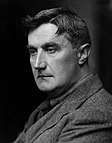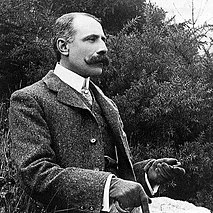
Sir Edward William Elgar, 1st Baronet, was an English composer, many of whose works have entered the British and international classical concert repertoire. Among his best-known compositions are orchestral works including the Enigma Variations, the Pomp and Circumstance Marches, concertos for violin and cello, and two symphonies. He also composed choral works, including The Dream of Gerontius, chamber music and songs. He was appointed Master of the King's Musick in 1924.

Ralph Vaughan Williams was an English composer. His works include operas, ballets, chamber music, secular and religious vocal pieces and orchestral compositions including nine symphonies, written over sixty years. Strongly influenced by Tudor music and English folk-song, his output marked a decisive break in British music from its German-dominated style of the 19th century.
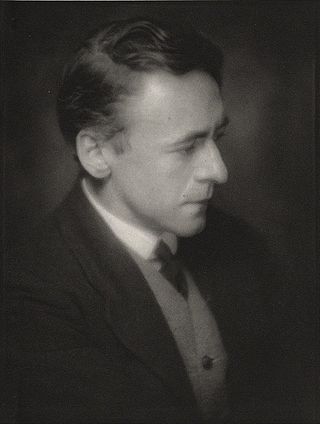
Sir Arnold Edward Trevor Bax was an English composer, poet, and author. His prolific output includes songs, choral music, chamber pieces, and solo piano works, but he is best known for his orchestral music. In addition to a series of symphonic poems, he wrote seven symphonies and was for a time widely regarded as the leading British symphonist.

The BBC Symphony Orchestra is a British orchestra based in London. Founded in 1930, it was the first permanent salaried orchestra in London, and is the only one of the city's five major symphony orchestras not to be self-governing. The BBC SO is the principal broadcast orchestra of the British Broadcasting Corporation (BBC).

Sir Harrison Birtwistle was an English composer of contemporary classical music best known for his operas, often based on mythological subjects. Among his many compositions, his better known works include The Triumph of Time (1972) and the operas The Mask of Orpheus (1986), Gawain (1991), and The Minotaur (2008). The last of these was ranked by music critics at The Guardian in 2019 as the third-best piece of the 21st century. Even his compositions that were not written for the stage often showed a theatrical approach. A performance of his saxophone concerto Panic during the BBC's Last Night of the Proms caused "national notoriety". He received many international awards and honorary degrees.

Frank Bridge was an English composer, violist and conductor.
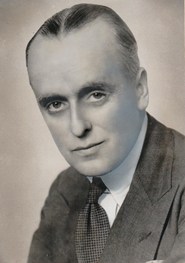
Eric Francis Harrison Coates was an English composer of light music and, early in his career, a leading violist.
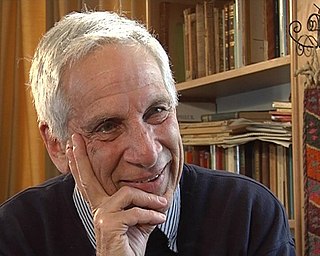
Peter Alexander Goehr was a German-born English composer of contemporary classical music and academic teacher. A long-time professor of music at the University of Cambridge, Goehr influenced many notable contemporary composers, including Thomas Adès, Julian Anderson, George Benjamin and Robin Holloway.
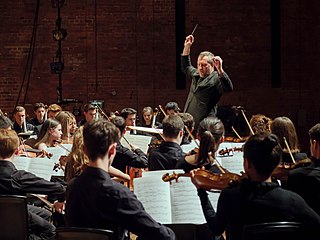
Thomas Joseph Edmund Adès is a British composer, pianist and conductor. Five compositions by Adès received votes in the 2017 Classic Voice poll of the greatest works of art music since 2000: The Tempest (2004), Violin Concerto (2005), Tevot (2007), In Seven Days (2008), and Polaris (2010).
Ralph Vaughan Williams wrote his Symphony No. 5 in D major between 1938 and 1943. In style it represents a shift away from the violent dissonance of his Fourth Symphony, and a return to the gentler style of the earlier Pastoral Symphony.
Bayan Peter Northcott was an English music critic and composer.

Sir Andrew Frank Davis was an English conductor. He was the long-time chief conductor of the Toronto Symphony Orchestra, the BBC Symphony Orchestra and the Melbourne Symphony Orchestra. He was music director at the Glyndebourne Festival from 1988 to 2000, and especially known for conducting the traditional Last Night of The Proms, including Last Night speeches. He was music director and principal conductor of the Lyric Opera of Chicago from 2000 to the 2020/21 season.

Crown Imperial is an orchestral march by William Walton, commissioned for the coronation of King George VI in Westminster Abbey in 1937. It is in the Pomp and Circumstance tradition, with a brisk opening contrasting with a broad middle section, leading to a resounding conclusion. The work has been heard at subsequent state occasions in the Abbey: the coronation of Queen Elizabeth II in 1953, the wedding of Prince William in 2011 and the coronation of King Charles III in 2023. It has been recorded in its original orchestral form and in arrangements for organ, military band and brass band.

The Nursery Suite is one of the last compositions by Edward Elgar. Like Elgar's The Wand of Youth suites, it makes use of sketches from the composer's childhood.
The Symphony No. 1 in B♭ minor is one of two symphonies by the English composer William Walton. The composer had difficulty in completing the work, and its first public performance was given without the finale, in 1934. The complete four-movement work was premiered the following year.
Iain Farrington is a British pianist, organist, composer and arranger. He performs regularly with some of the country's leading singers, instrumentalists and choirs, as well as giving solo recitals.
John Pickard is a British classical composer.
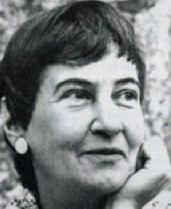
Susan Bradshaw was a British pianist, teacher, writer, and composer. She was mainly associated with contemporary music, and especially with the work of Pierre Boulez, several of whose writings she translated. As a critic and musicologist she contributed to a number of magazines and journals over several decades; the titles included Contact, Music and Musicians, Tempo and The Musical Times.
Jane Marian Manning OBE was an English concert and opera soprano, writer on music, and visiting professor at the Royal College of Music. A specialist in contemporary classical music, she was described by one critic as "the irrepressible, incomparable, unstoppable Ms. Manning – life and soul of British contemporary music".
Dorothy Gertrude Howell was an English composer and pianist. She received the nickname of the "English Richard Strauss" in her lifetime.


